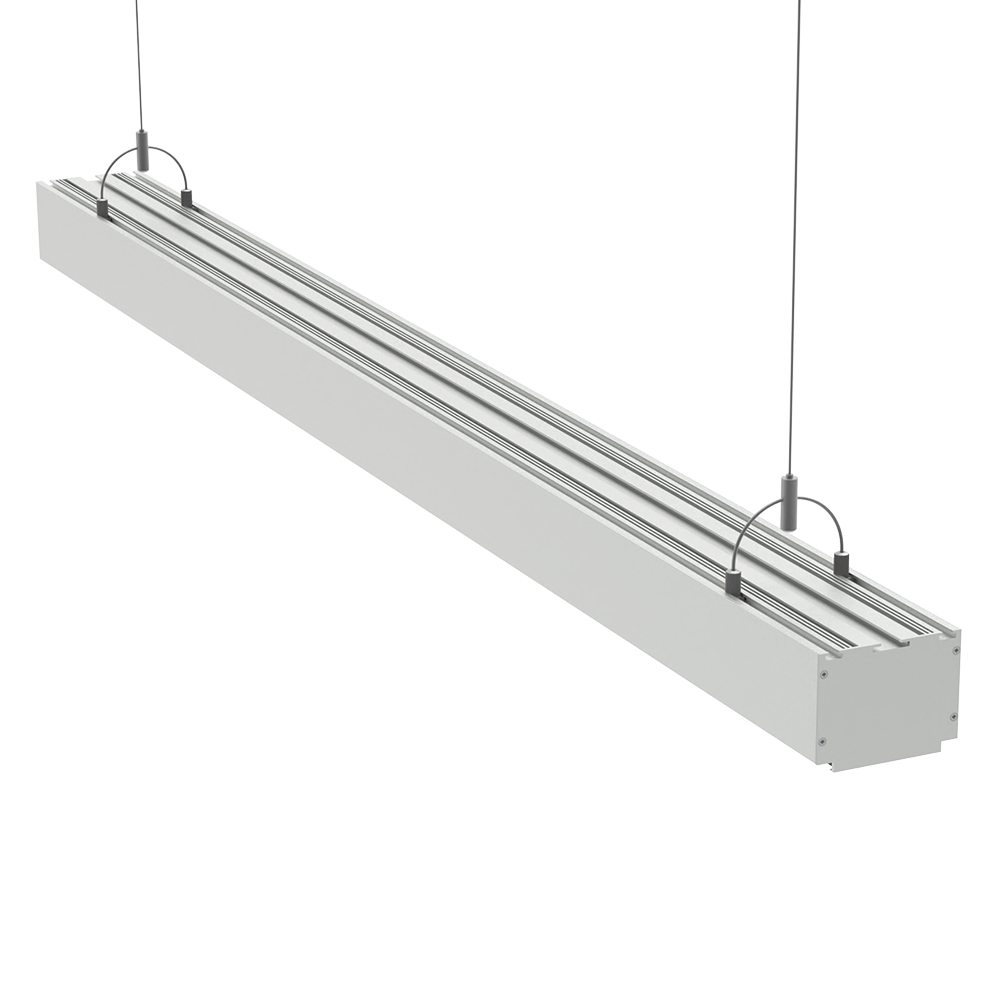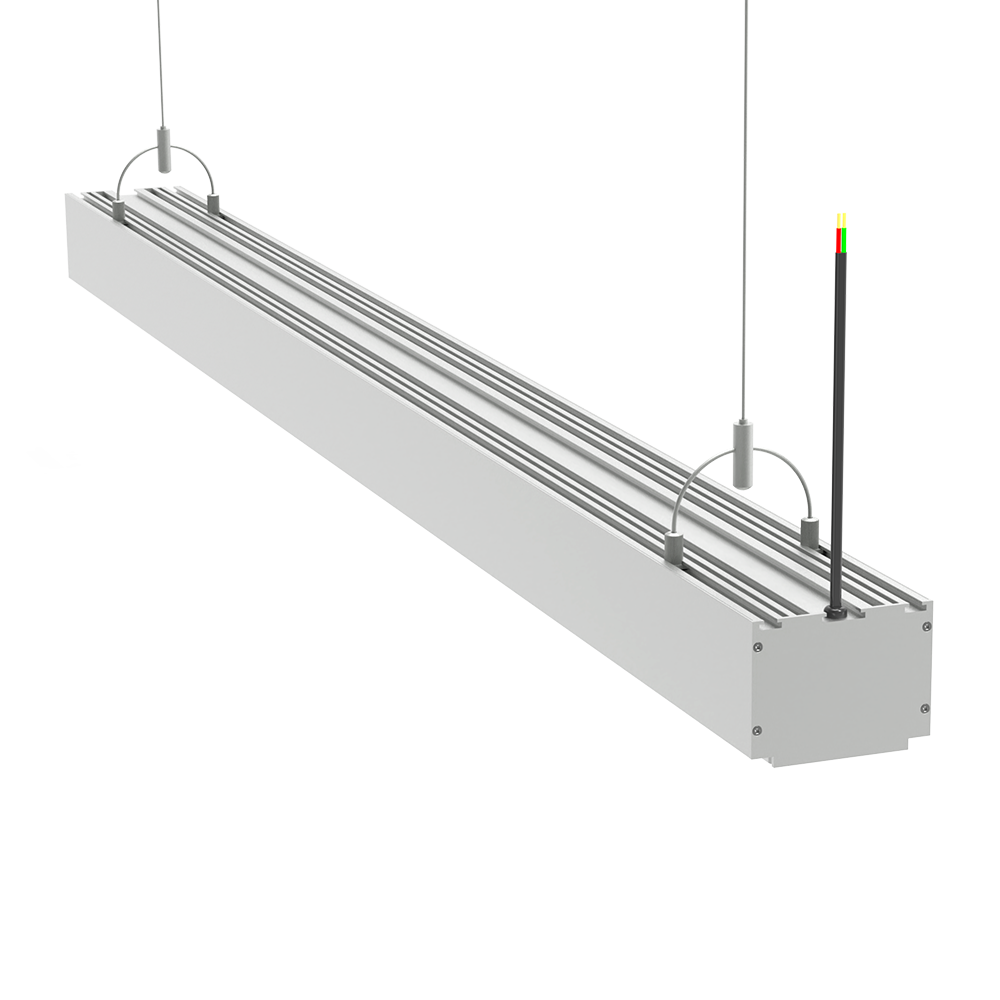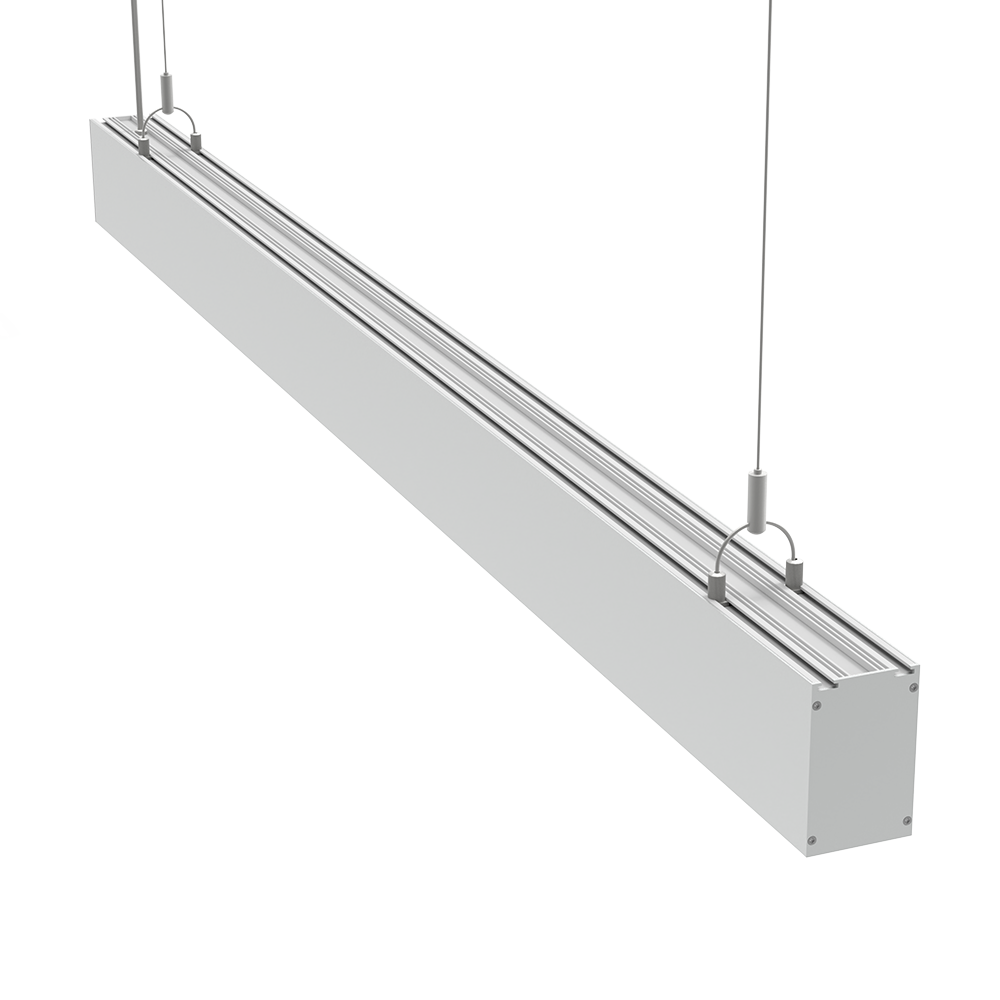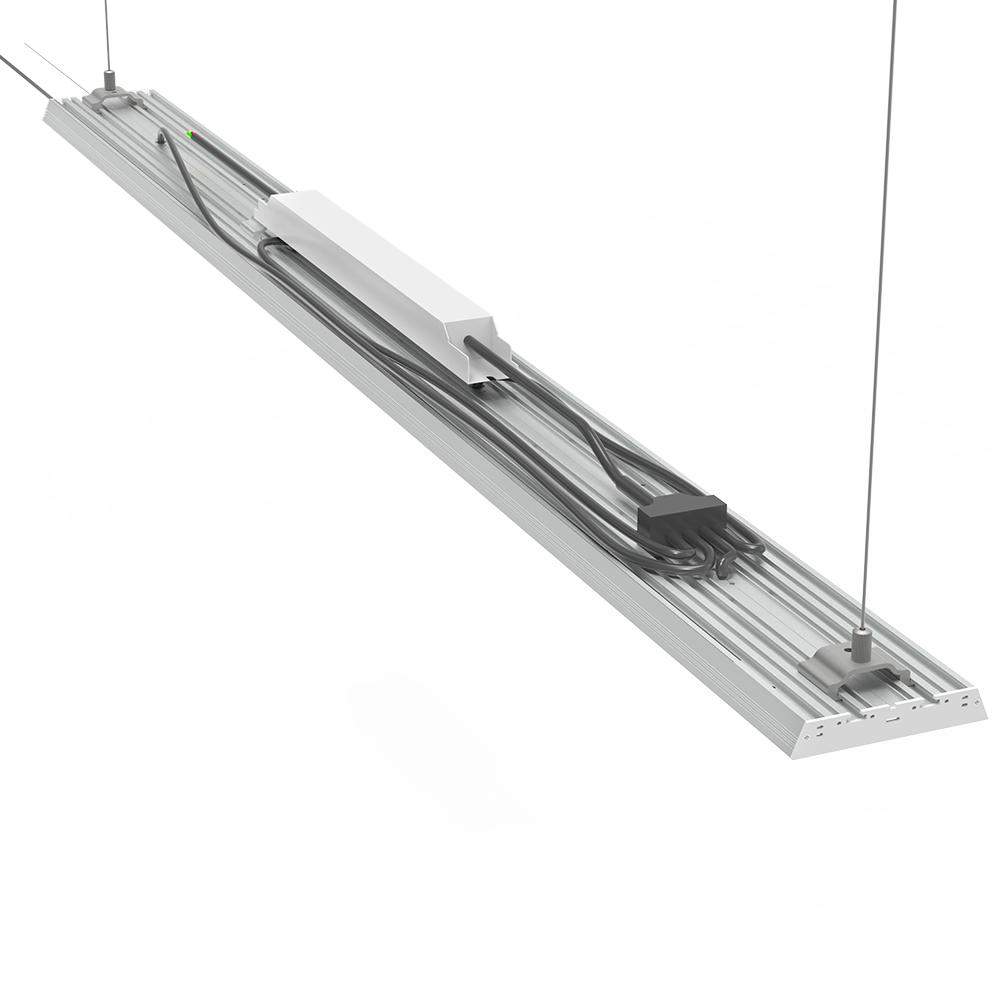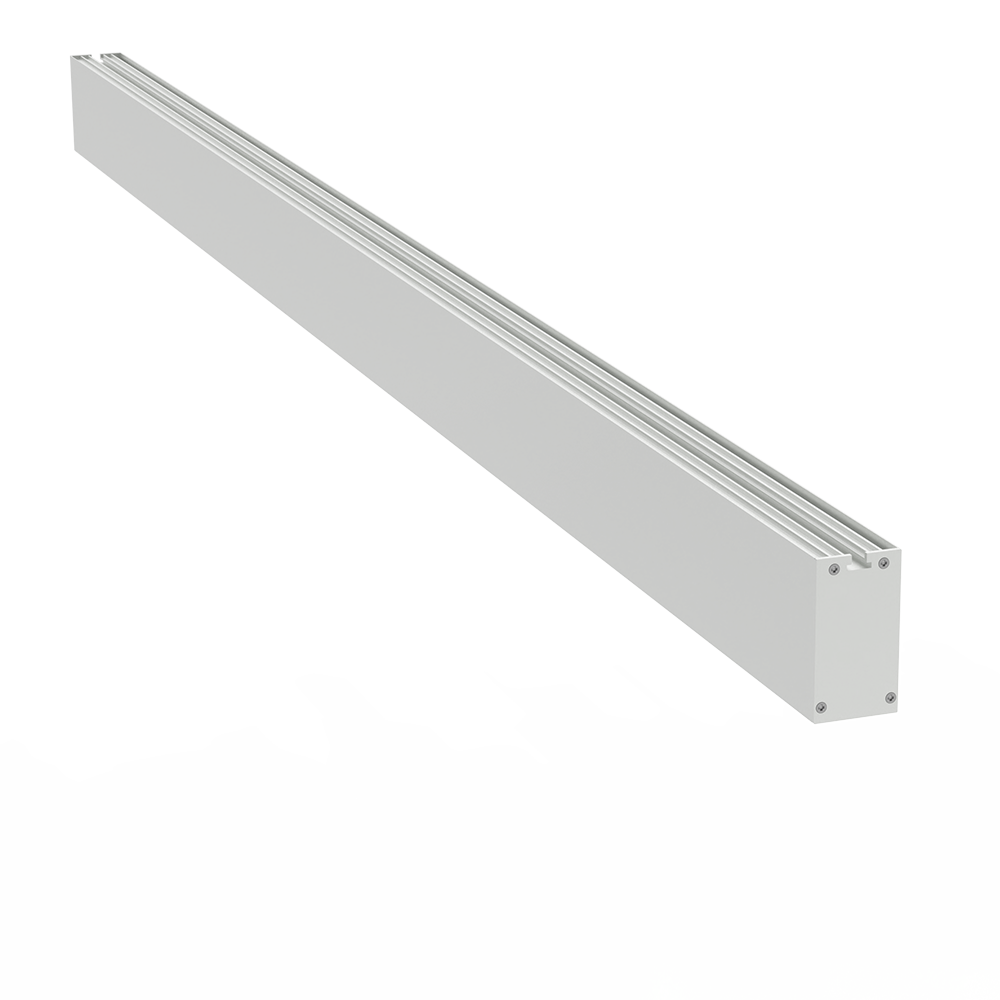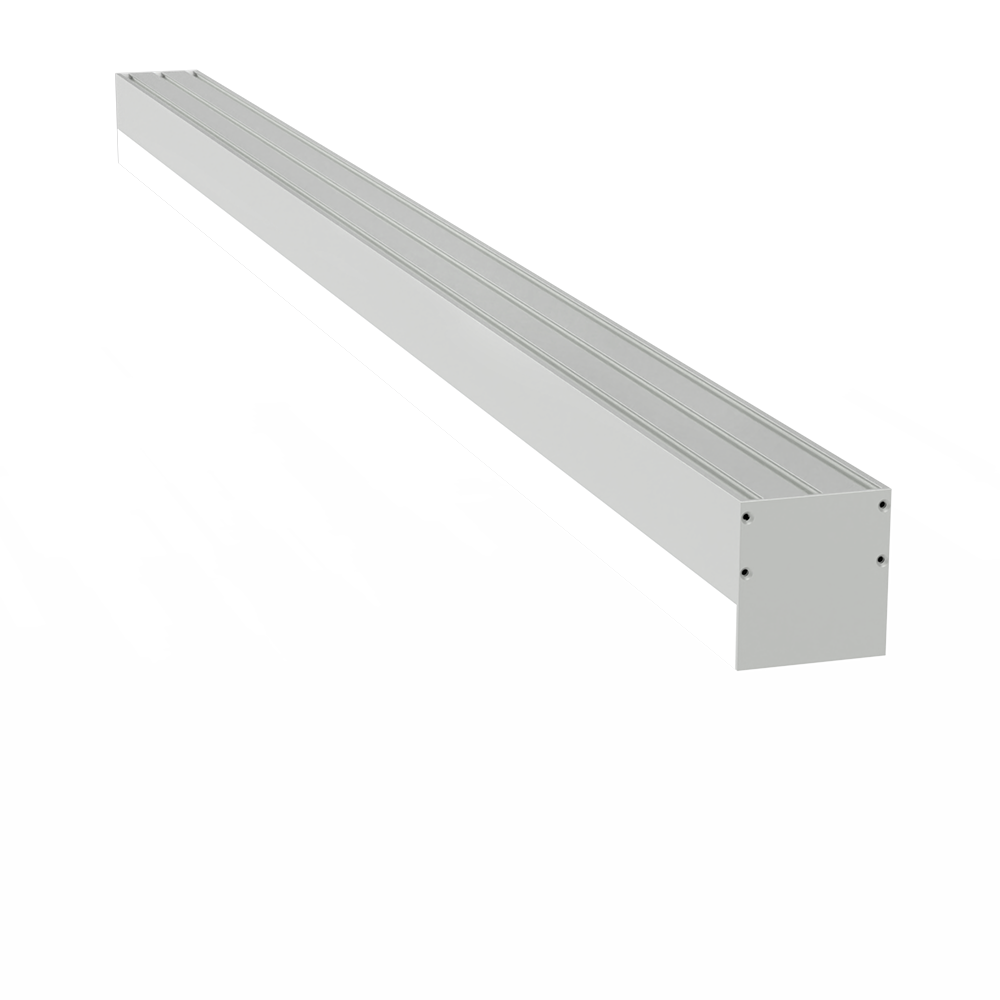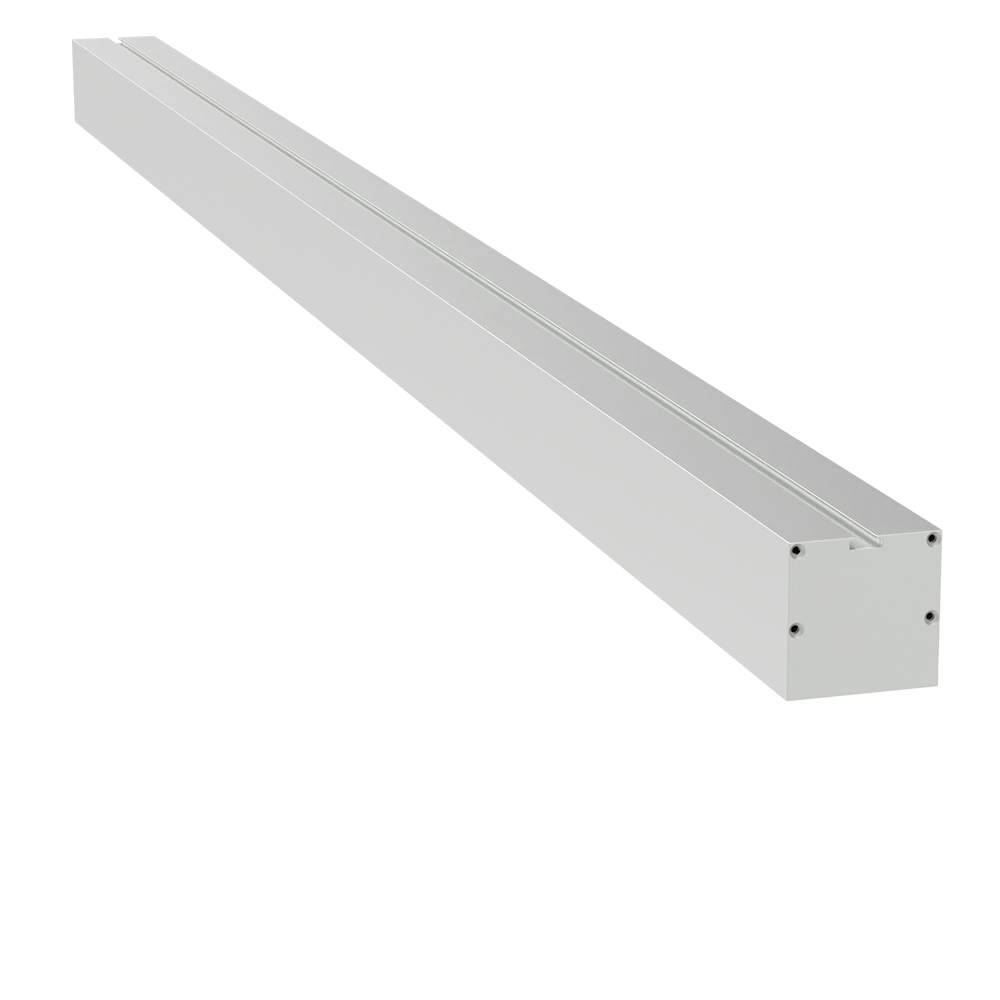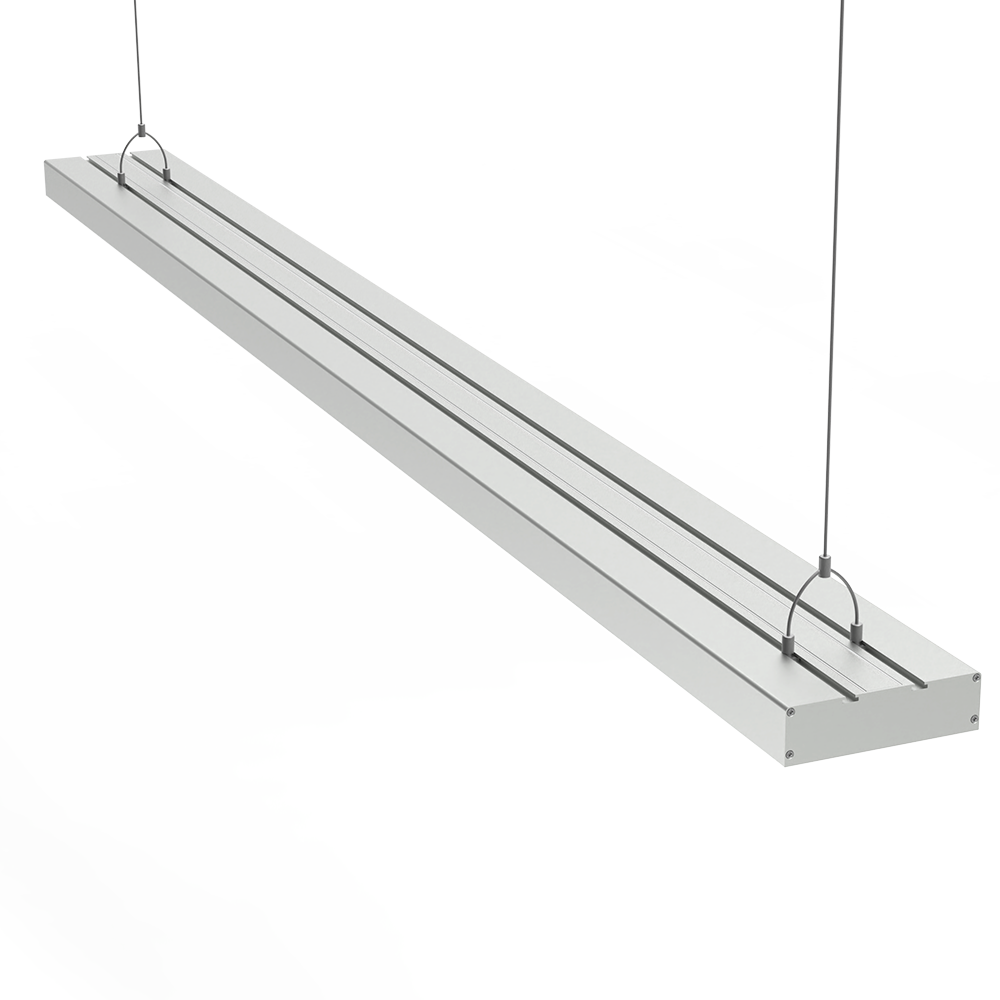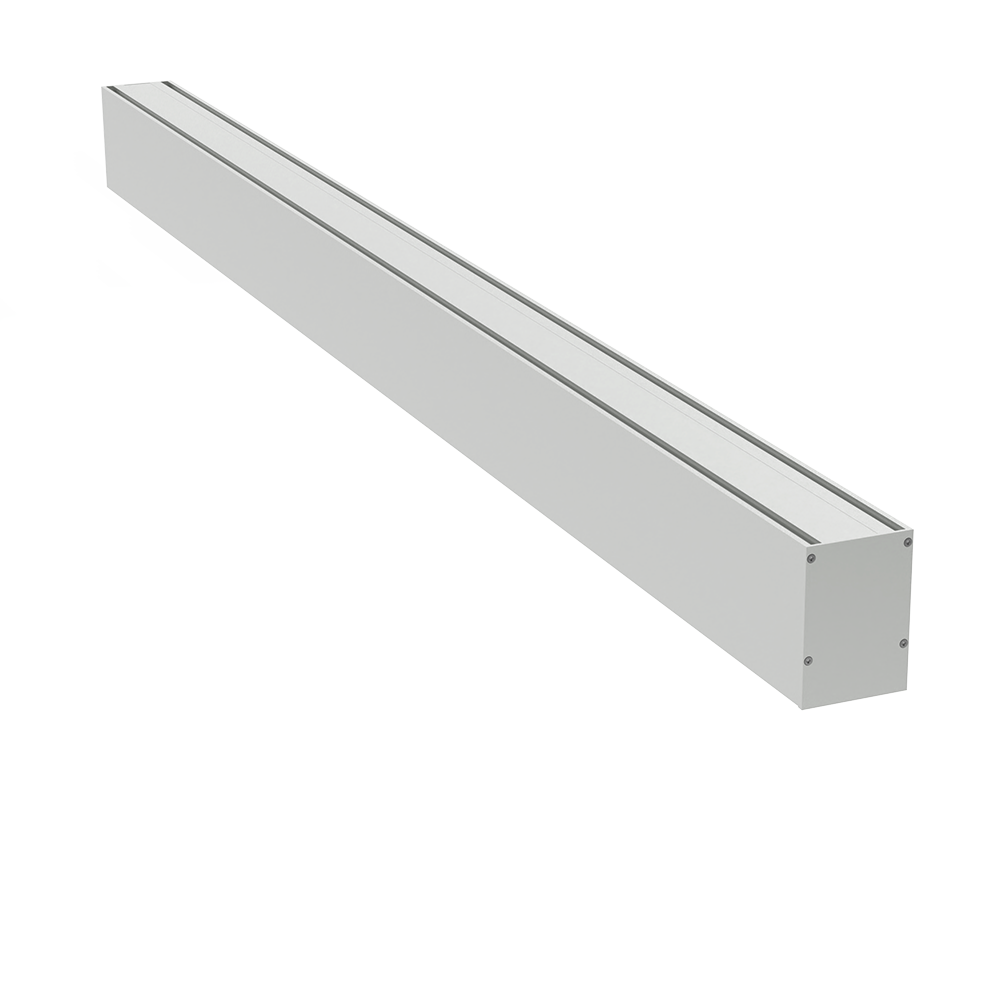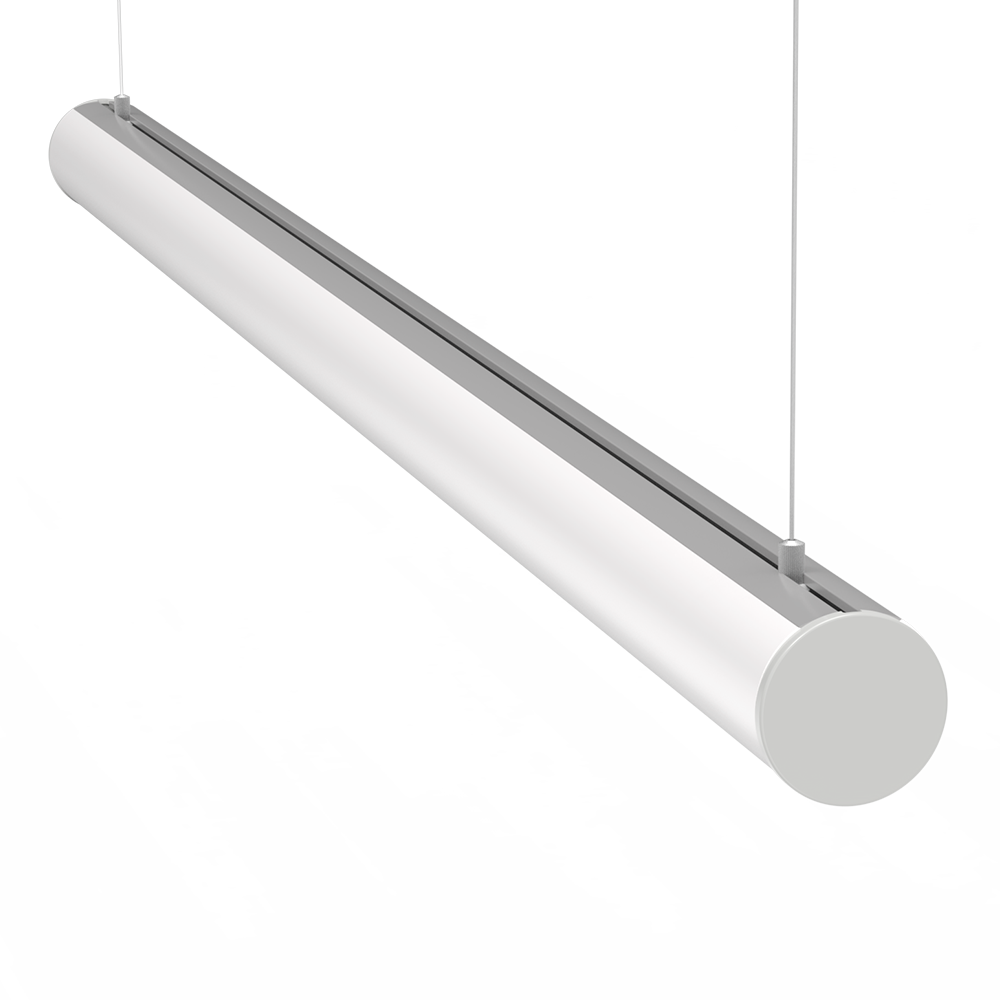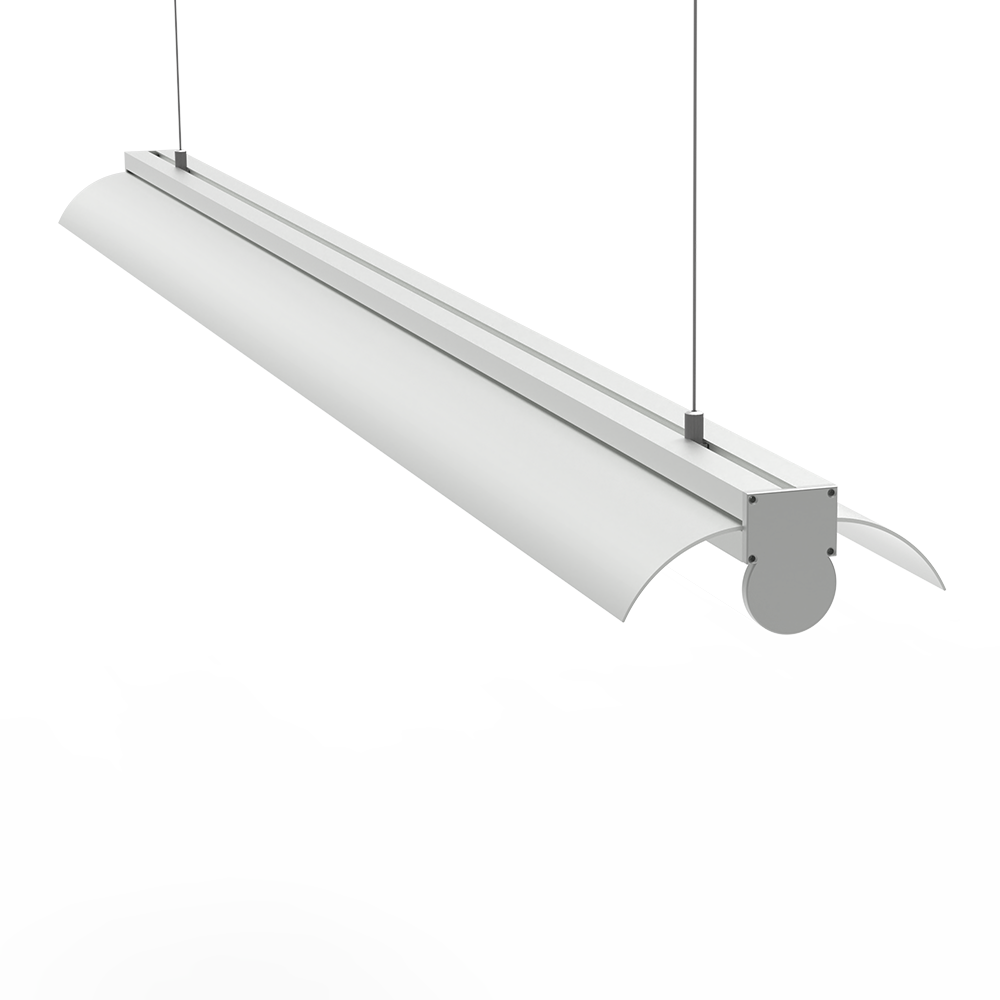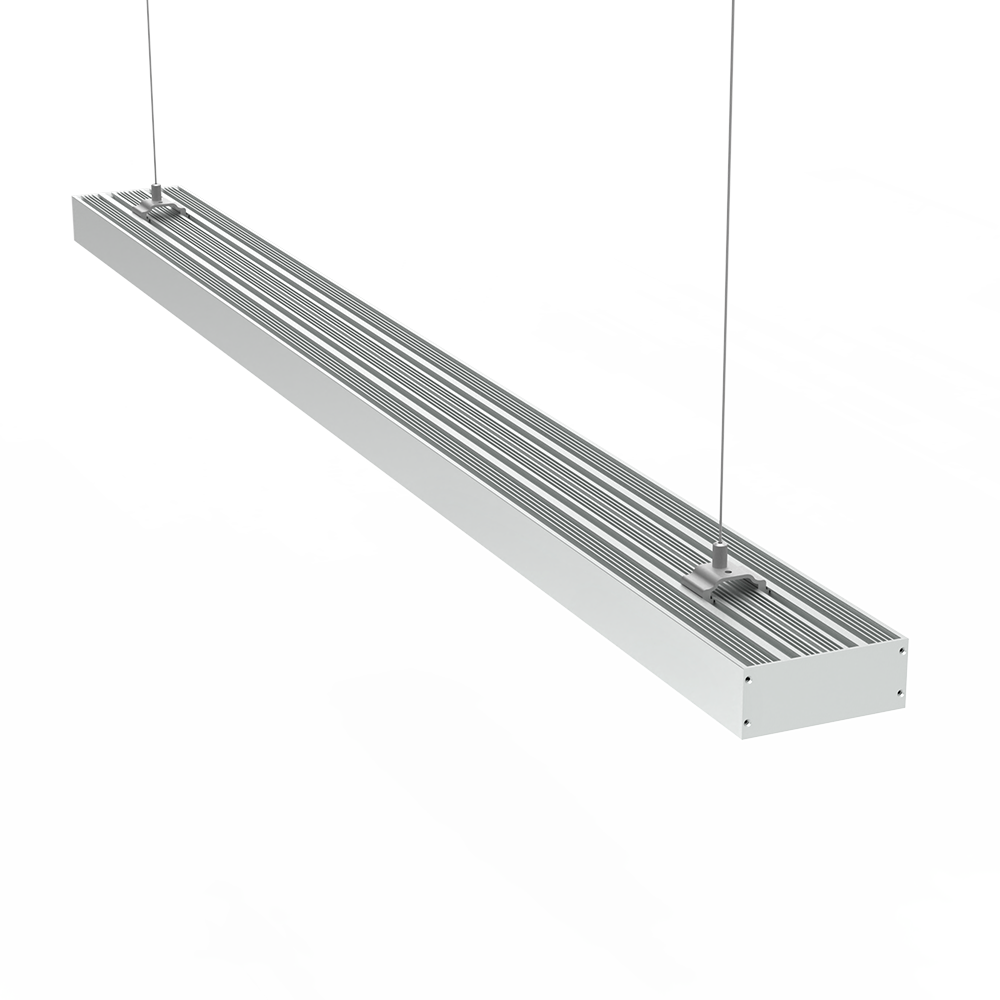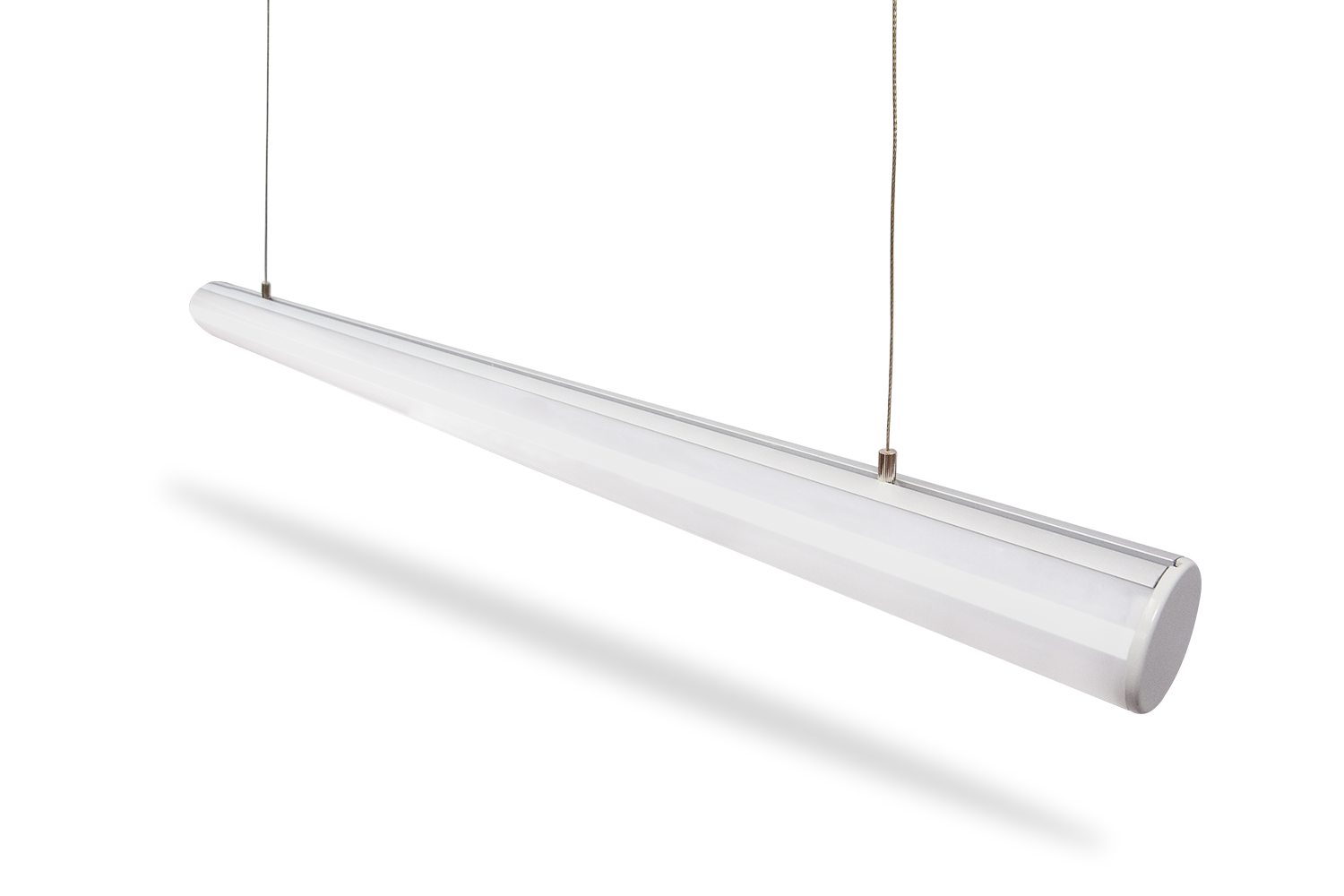
Linear Suspended lighting
Suspended linear LED lights are widely used in commercial lighting, home lighting, and other areas. Compared to other installation methods, LED linear pendant lights are more flexible and can be used as decorative elements to enhance the overall aesthetics of the interior design.
Suspended linear LED lights are widely used in commercial lighting, home lighting, and other areas. Compared to other installation methods, LED linear pendant lights are more flexible and can be used as decorative elements to enhance the overall aesthetics of the interior design.

